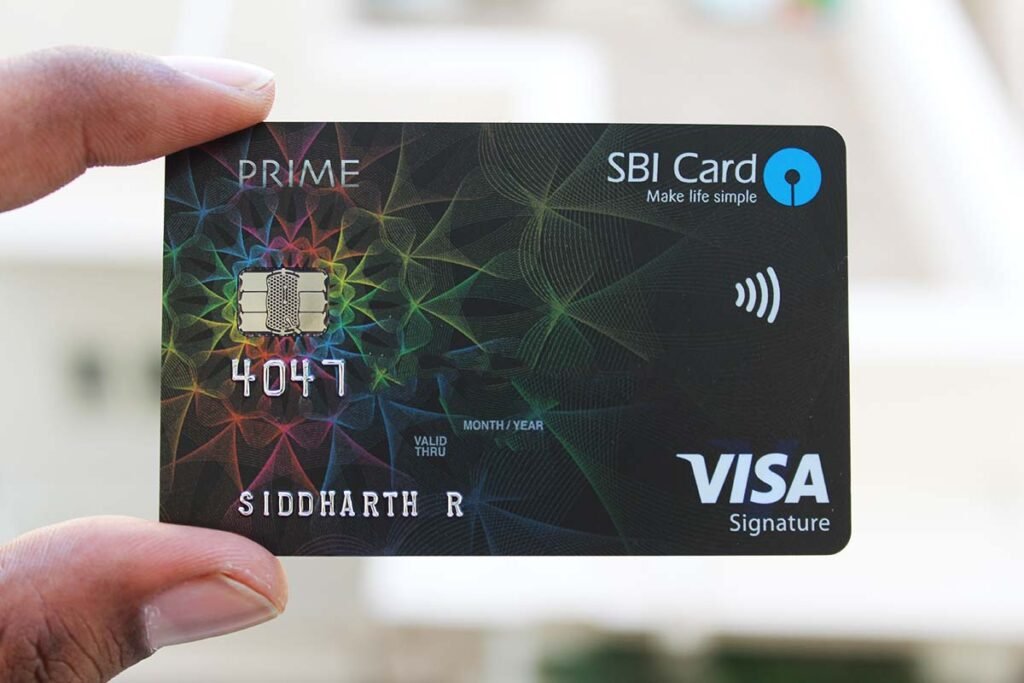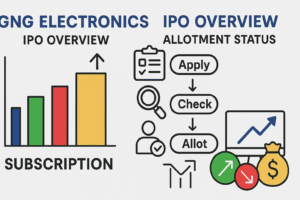
SBI Card Share Price Target 2025, 2026 & Beyond
Are you considering an investment in SBI Cards and Payment Services Ltd (NSE: SBICARD)? As India’s digital economy grows, so does the credit card industry. In this article, we provide a detailed, easy-to-understand analysis of the SBI Card share price target for 2025, 2026, 2027, and long-term predictions for 2030, 2040, and 2050. Let’s dive in!
Article Contents
- What is SBI Cards and Payment Services Ltd?
- SBI Card Share Price Target 2025
- SBI Card Share Price Target 2026
- SBI Card Share Price Target 2027
- Long-Term Share Price Targets (2030, 2040, 2050)
- Key Financial Highlights (Infographics)
- Investment Analysis: Bull vs. Bear Case
- Join Our Community
- Frequently Asked Questions (FAQs)
What is SBI Cards and Payment Services Ltd?
SBI Cards and Payment Services Ltd is the second-largest credit card provider in India and a subsidiary of the State Bank of India (SBI), the country’s largest public sector bank. The company offers a wide range of credit cards to meet various needs, including travel, shopping, and business expenses. They also provide value-added services like insurance to cardholders, simplifying payments through robust digital platforms.
SBI Card Share Price Target 2025
For 2025, the market sentiment for SBI Card appears cautiously optimistic. As more Indians adopt digital payments, the company is poised for growth. Our analysis suggests a potential maximum target of ₹1250 by the end of the year.
| Month (2025) | Minimum Target (₹) | Maximum Target (₹) |
|---|---|---|
| January | 664 | 782 |
| February | 770 | 872 |
| March | 590 | 903 |
| April | 750 | 913 |
| May | 830 | 1000 |
| June | 590 | 1041 |
| July | 800 | 1004 |
| August | 690 | 930 |
| September | 701 | 950 |
| October | 721 | 1035 |
| November | 785 | 1175 |
| December | 930 | 1250 |
SBI Card Share Price Target 2026
Building on the momentum from 2025, the share price for SBI Card is expected to continue its upward trajectory in 2026. The company’s focus on technology and customer service could drive its value higher, with a year-end target predicted to reach ₹1880.
| Month (2026) | Minimum Target (₹) | Maximum Target (₹) |
|---|---|---|
| January | 930 | 1289 |
| February | 1047 | 1374 |
| March | 1085 | 1400 |
| April | 1174 | 1447 |
| May | 1212 | 1521 |
| June | 1277 | 1535 |
| July | 1300 | 1578 |
| August | 1354 | 1630 |
| September | 1458 | 1684 |
| October | 1525 | 1700 |
| November | 1645 | 1774 |
| December | 1700 | 1880 |
SBI Card Share Price Target 2027
By 2027, SBI Card is expected to have further solidified its market position. Continued innovation and expansion could push the share price significantly. Our analysis indicates a potential high of ₹2510 for the year.
| Year | Minimum Target (₹) | Maximum Target (₹) |
|---|---|---|
| 2027 | 1700 | 2510 |
Long-Term Share Price Targets (2030, 2040, 2050)
For long-term investors, SBI Card presents a compelling case backed by the trust of the SBI brand and the expanding credit market in India. Here are the potential targets for the coming decades.
| Year | Minimum Target (₹) | Maximum Target (₹) |
|---|---|---|
| 2028 | 2347 | 3132 |
| 2029 | 2845 | 3711 |
| 2030 | 3425 | 4340 |
| 2040 | 7170 | 7790 |
| 2050 | 10770 | 10770 |
Key Financial Highlights (Infographics)
Understanding a company’s financial health is crucial. Here are some key metrics for SBI Card presented in a simple, visual format.
Investment Analysis: Bull vs. Bear Case
Every investment has potential upsides and downsides. Here’s a balanced look at the bull and bear cases for SBI Card stock.
Bull Case: Reasons to Be Optimistic
- Growing Market: The use of credit cards in India is on the rise, creating a large potential customer base.
- Strong Backing: Being part of SBI, India’s largest bank, provides immense stability and trust.
- Digital Adoption: The shift towards digital payments is a major tailwind for the company’s growth.
- Consistent Performance: The company has demonstrated steady financial results over the years.
Bear Case: Potential Risks to Consider
- Intense Competition: The credit card market is highly competitive with many private and foreign players.
- Regulatory Changes: Changes in banking regulations by the RBI could impact profitability.
- Economic Sensitivity: Economic downturns can lead to higher defaults, affecting the company’s bottom line.
- High Expansion Costs: Launching new products and expanding services can be costly and may not always guarantee success.
Join Our Trader’s Community!
Get live market updates, trading tips, and engage with fellow traders.
👉 Join Our FREE Telegram Channel!Frequently Asked Questions (FAQs)
How does SBI Card make money?
SBI Card earns revenue primarily through interest charged on credit balances, annual fees, and other charges like late payment fees and transaction fees.
Is SBI Card a good long-term investment?
Given its strong parentage (SBI), a growing market for digital payments, and a solid track record, many analysts view it as a promising long-term investment. However, investors should consider the competitive landscape and regulatory risks.
What is the biggest advantage of SBI Card?
Its biggest advantage is its association with the State Bank of India, which gives it a massive distribution network and a high level of trust among Indian consumers.
Disclaimer: The share price targets mentioned in this article are based on technical and fundamental analysis and are not financial advice. Please consult with your financial advisor before making any investment decisions.








Post Comment